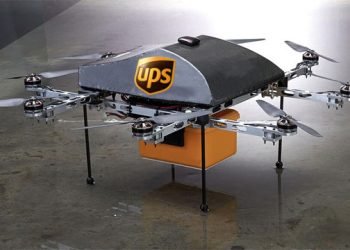By Eva Richardson | The Logistic News
April 16, 2025
In a move that underscores its enduring commitment to fast, efficient fulfillment, Amazon is reportedly planning a $15 billion investment to construct approximately 80 new logistics facilities across the United States. The proposed expansion includes a mix of urban micro-delivery hubs and large-scale, robotics-powered fulfillment centers, further strengthening the company’s control over its end-to-end logistics ecosystem.
The initiative comes as Amazon seeks to balance investments between physical infrastructure and its rapidly growing cloud, AI, and advertising divisions.
“This isn’t just about warehouses—it’s about redefining speed and scale for the next phase of e-commerce,” said Alan Reiser, Director of Operations Strategy at SupplyLink Advisors.
The Blueprint: Urban Agility + Rural Reach
According to internal planning documents and partner briefings, Amazon’s expansion will target both high-density metropolitan areas, such as Los Angeles, Atlanta, and Chicago, and rural delivery deserts where last-mile capabilities remain limited. Many of the new sites are expected to include:
-
Automated storage and retrieval systems (AS/RS)
-
Fleet integration zones for electric delivery vehicles
-
On-site micro-sorting for same-day and next-day packages
-
AI-based forecasting tools to optimize labor and inventory levels
The facilities will feed directly into Amazon’s DSP (Delivery Service Partner) and Flex driver networks, significantly improving last-mile efficiency in underserved regions.
Balancing Automation with Accessibility
A portion of the $15 billion investment will reportedly go toward robotic infrastructure, including new-generation Kiva-style bots, computer vision systems, and AI-powered route orchestration. However, Amazon is also facing increased scrutiny from labor advocates regarding warehouse conditions and job displacement due to automation.
To address these concerns, Amazon has hinted at hybrid operational models, where automation enhances rather than replaces human roles—especially in regions with high unemployment or logistical bottlenecks.
“Automation must be a productivity enhancer, not a replacement strategy,” said Melina Ortega, a spokesperson for the Coalition for Fair Logistics Jobs.
Strategic Timing
The warehouse expansion comes as Amazon aims to rebound from recent supply chain disruptions, gain an edge over competitors like Walmart and Target, and prepare for anticipated demand spikes in sectors such as healthcare, grocery delivery, and B2B fulfillment.
Analysts believe this investment could also pre-empt regulatory shifts related to warehousing density and land use in states like California and New York, where local governments are reevaluating logistics zoning laws.
Conclusion
As Amazon prepares for a new phase of operational dominance, its $15 billion warehouse expansion plan reveals a clear strategy: own the infrastructure, own the speed, own the customer experience. With logistics at the core of its brand promise, the retail giant is once again betting big on its ability to out-deliver the competition—literally.
Eva Richardson is a senior correspondent at The Logistic News, covering distribution strategy, warehouse automation, and last-mile innovation across the global supply chain.























